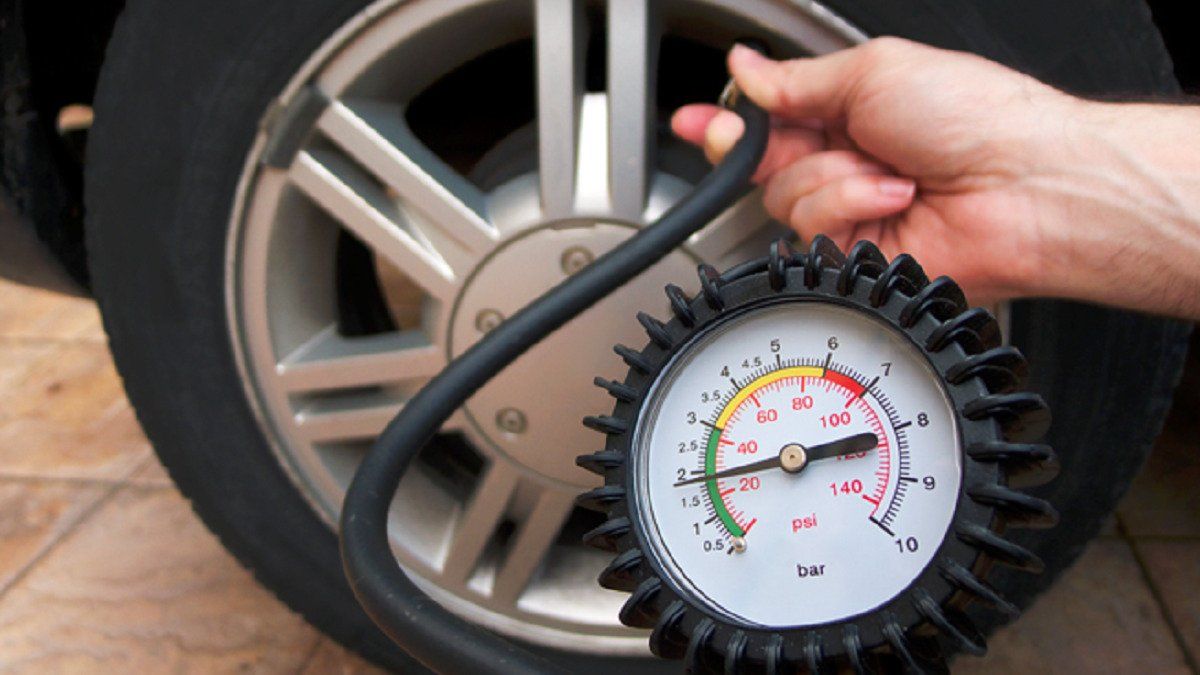One of the inquiries we are most commonly presented with pertains to the optimal air pressure recommended for my tires Let us now explore the foundational principles upon which we depend to provide you with the utmost exceptional guidance.”
Introduction:
In September 2010, California enacted a law aimed at reducing greenhouse gas emissions stemming from underinflated tires. While the intention is to promote environmental conservation, a challenge arises due to the fact that a significant portion of vehicles we work on have manufacturer specifications that are either insufficient for our region or marginally satisfactory. Thus, to counter underinflated tires’ emissions impact, an odd solution emerged – underinflating them further. Fortunately, this was later revised to allow us to increase the tire pressure upon customer request, though lowering it is still prohibited.
Examples of Tire Pressure Specifications:
Every vehicle has specific tire pressure recommendations that can be found on the door placard or in the owner’s manual.
Guidelines for Driving in the Auburn Area:
Given the winding and hilly roads in our region, we generally advise using a minimum of 35 psi for most vehicles, except for 3/4 ton and 1 ton trucks. This minimum recommendation is due to the fact that frequent turns on such roads lead to increased edge wear on tires. To counteract this, maintaining higher air pressure and regularly rotating your tires is advisable. Heavier vehicles or those carrying significant loads may necessitate even higher tire pressure. For example, minivans and half-ton pickups, especially when heavily loaded, benefit from increased pressure to support the extra weight. Additionally, vehicles that frequently navigate twisty roads should consider maintaining around 40 psi, considering modern tire designs can handle pressures up to 44 psi or even more.
3/4 Ton and 1 Ton Trucks and Vans:
Unlike lighter vehicles that often require lower tire pressure, heavier trucks typically demand higher air pressure. The suggested pressure for these larger vehicles can range from 55 psi in the front and 80 psi in the rear, or variations such as 75 psi for both front and rear. This elevated pressure is essential to ensure their weight-bearing capacity. Compliance with this pressure is required by law, unless a higher pressure is desired by the customer. Notably, it’s important to avoid reducing air pressure in the rear of a pickup truck.
Exceptions and Special Cases:
Oversize tires present a common exception. Due to the relationship between air pressure and weight capacity, larger truck tires often have lower load ratings. For instance, a larger tire with lower load rating might require less pressure than a smaller tire with a higher load rating. These adjustments can be made using reference charts.
Differing Front and Rear Tire Pressure:
Many vehicles, including both cars and trucks, recommend different air pressure for the front and rear tires. This distinction is influenced by two primary factors: load and handling. The emphasis on either reason or both varies depending on the specific vehicle.
When it comes to load, vehicles are designed to transport people and cargo. As such, some recommend higher air pressure in the rear tires to accommodate additional weight. However, even for those who don’t frequently carry heavy loads, altering rear tire pressure should be approached cautiously due to the impact on handling.
Handling is a critical aspect that even applies to racing vehicles. Car manufacturers often suggest higher rear tire pressure to fine-tune the vehicle’s handling. In certain cases, lower pressure in the rear might be recommended, but this is rare. For instance, sports cars and larger trucks can benefit from adjusted tire pressure to enhance stability.
Seasonal Variations in Tire Pressure:
Questions sometimes arise regarding adjusting tire pressure in different seasons. While it might seem logical to reduce pressure during hot summers due to increased heat-related expansion, this is not advisable. Tires are designed to handle temperature fluctuations, and reducing pressure can lead to increased flexing and heat build-up. Similarly, while tire pressure may drop in colder weather, it’s not recommended to overcompensate by adding extra pressure. Instead, regular pressure checks are crucial to maintaining optimal performance.
Nitrogen Inflation for Tires:
You might have encountered advertisements promoting nitrogen inflation for tires. This practice suggests that nitrogen, being a larger molecule, escapes more slowly from tires, thereby maintaining optimal pressure for an extended period. Additionally, it’s claimed that tires won’t experience significant pressure changes with temperature fluctuations. While nitrogen inflation isn’t necessarily discouraged, our choice not to adopt it is based on practical reasons: Firstly, 78% of regular air is already nitrogen, and secondly, routine pressure checks can mitigate pressure loss due to seepage. While nitrogen inflation may offer benefits, the costs don’t always justify the results, especially within our budget constraints.
Higher Maximum Pressure for Car Tires:
Modern car tires often indicate a maximum pressure of 44 psi or even 51 psi, while vehicle specifications may recommend 35 psi or less. This discrepancy can be puzzling. In our area with winding roads and weight-bearing considerations, higher capacity is useful. However, the main reason behind these high capacities is often overlooked: Tire pressure tends to decrease when a car reaches speeds exceeding 100 mph. Therefore, these higher capacities are essential for maintaining safe tire pressure at very high speeds, such as on the Autobahn.
In conclusion, understanding the intricacies of tire pressure recommendations is essential for safe and optimal driving.


